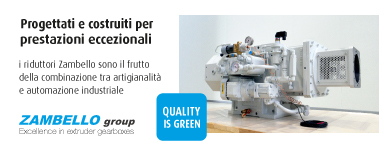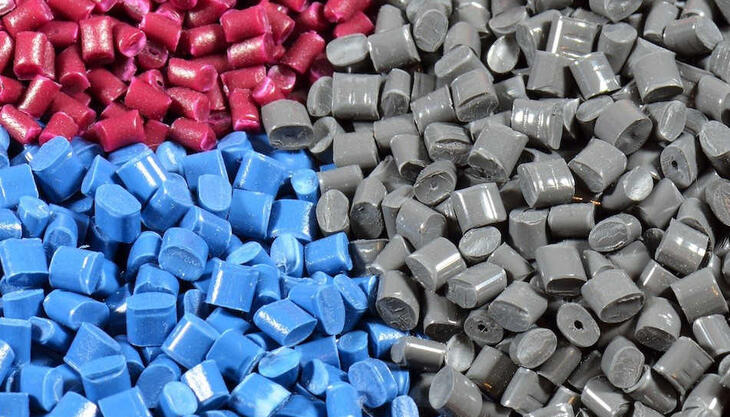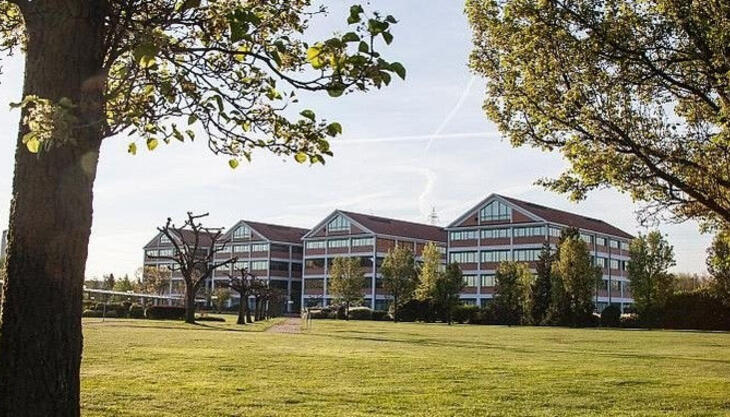An above-average positive development in bioplastics production capacity has made past projections obsolete. The market of around 1.2 million tonnes in 2011 will see a fivefold increase in production volumes by 2016 - to an anticipated almost 6 million tonnes. This is the result of the current market forecast, which the industry association European Bioplastics publishes annually in cooperation with the Institute for Bioplastics and Biocomposites from the University of Hannover.
By far the strongest growth will be in the biobased, non-biodegradable bioplastics group. Leading the field is partially biobased PET, which is already accounting for approximately 40 percent of the global bioplastics production capacity. Partially biobased PET will continue to extend this lead to more than 4.6 million tonnes by 2016. That would correspond to 80 percent of the total bioplastics production capacity. Following PET is biobased PE with 250,000 tonnes, constituting more than 4 percent of the total production capacity.
But also biodegradable plastics are demonstrating impressive growth rates. Their production capacity will increase by two-thirds by 2016. Leading contributors to this growth will be PLA and PHA, each of them accounting for 298,000 tonnes (+50 percent) and 142,000 tonnes (+ 550 percent) respectively.
As for the geographic distribution of production capacities, Europe and North America remain interesting as locations for research and development and also important as sales markets. However, establishment of new production capacities is favoured in South America and Asia.























